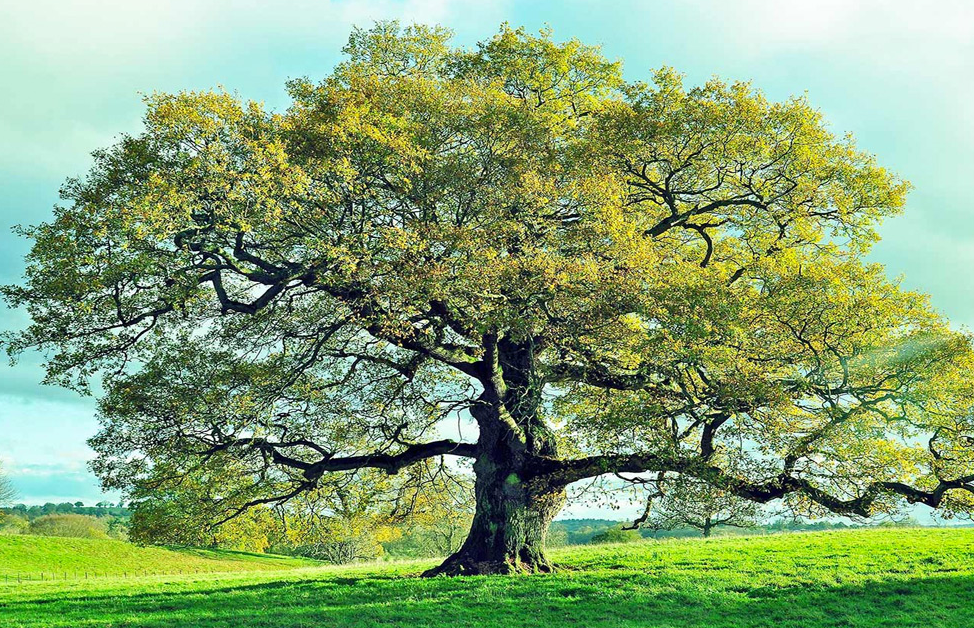Welcome to the world of Armenia’s natural beauty! In this article, we will explore the captivating Armenia National Tree, the Silver Leaf Poplar. Known for its historical significance, cultural symbolism, and ecological value, the Silver Leaf Poplar holds a special place in the heart of Armenia and its people. Join us on this journey to discover the wonders of this magnificent tree.
Overview of Armenia National Tree
Armenia’s national tree, the Silver Leaf Poplar (Populus alba), is a majestic deciduous tree that belongs to the Salicaceae family. Its distinctive silver-green leaves and tall stature make it easily recognizable. The Silver Leaf Poplar holds immense cultural and environmental significance in Armenia, representing the country’s rich heritage and natural diversity.
Historical Significance of the Armenia National Tree
The Silver Leaf Poplar has deep historical roots in Armenia. It has been admired and utilized by various civilizations that have inhabited the region over centuries. In ancient times, the wood of the Silver Leaf Poplar was valued for its strength and durability, making it an important resource for construction, shipbuilding, and crafting musical instruments. The tree’s connection to Armenia’s past has contributed to its esteemed status as the national tree.
Characteristics and Appearance of the Silver Leaf Poplar
The Silver Leaf Poplar is a fast-growing tree that can reach heights of up to 30 meters. Its branches spread out gracefully, forming a dense and symmetrical crown. The tree gets its name from its striking silver-white leaves, which shimmer in the sunlight, creating a magical sight. The leaves are heart-shaped and have a smooth, waxy texture, which helps reduce water loss and protect the tree from harsh environmental conditions.
Habitat and Distribution of the Silver Leaf Poplar
The Silver Leaf Poplar is native to the Caucasus region, including Armenia. It thrives in a variety of habitats, such as riverbanks, floodplains, and mountain valleys. The tree has adapted to withstand extreme temperatures and can tolerate both dry and wet conditions. Due to its resilience, the Silver Leaf Poplar has spread across different parts of the world, including Europe and North America.
Cultural Importance and Symbolism of the Armenia National Tree
In Armenian culture, the Silver Leaf Poplar holds a special place. It is often associated with strength, resilience, and national pride. The tree’s silver leaves symbolize purity and tranquility, reflecting the spirit of the Armenian people. The Silver Leaf Poplar has inspired many artists, poets, and musicians throughout history, becoming an integral part of the country’s artistic and literary expressions.
Benefits and Uses of the Silver Leaf Poplar
The Silver Leaf Poplar offers numerous benefits and uses. Its wood is highly valued for its strength and durability, making it suitable for construction, furniture-making, and even crafting musical instruments. The tree’s dense foliage provides shade and helps cool the surrounding environment, making it an ideal choice for urban landscaping. Additionally, the Silver Leaf Poplar plays a vital role in preventing soil erosion and improving water quality.
Conservation Efforts and Challenges for Armenia National Tree
Despite its cultural significance and ecological importance, the Silver Leaf Poplar faces certain conservation challenges. Habitat loss due to urbanization and deforestation poses a significant threat to the tree’s population. In recent years, efforts have been made to protect and conserve the Silver Leaf Poplar through reforestation projects, protected areas, and awareness campaigns. These initiatives aim to raise public awareness about the tree’s significance and promote sustainable practices to ensure its long-term survival.
Interesting Facts About the Silver Leaf Poplar
- The Silver Leaf Poplar is known for its ability to absorb and store large amounts of carbon dioxide, making it an important ally in combating climate change.
- The tree’s roots have a symbiotic relationship with soil fungi, forming mycorrhizal associations that enhance nutrient uptake.
- The Silver Leaf Poplar’s leaves tremble or “quake” in even the slightest breeze, creating a mesmerizing visual effect.
- In traditional medicine, various parts of the tree, such as the bark and buds, have been used for their medicinal properties.
- The tree’s pollen is a valuable source of food for bees, contributing to the pollination of other plants in its ecosystem.
Frequently Asked Questions (FAQs)
- Is the Silver Leaf Poplar endemic to Armenia?
No, while it is native to the Caucasus region, including Armenia, it can also be found in other parts of the world.
- Can the wood of the Silver Leaf Poplar be used for furniture-making?
Yes, the wood is highly valued for its strength and durability, making it suitable for furniture-making.
- How can I contribute to the conservation of the Silver Leaf Poplar?
You can support reforestation initiatives, promote sustainable practices, and raise awareness about the tree’s importance.
- Are there any cultural festivals or events in Armenia that celebrate the Silver Leaf Poplar?
Yes, there are cultural events that pay homage to the tree, showcasing its cultural significance through music, dance, and art.
- Are there any specific regulations or laws protecting the Silver Leaf Poplar in Armenia?
Yes, Armenia has implemented laws and regulations to protect the tree and its habitats, promoting sustainable forestry practices.
Conclusion
In conclusion, the Silver Leaf Poplar stands as a symbol of Armenia’s natural heritage and cultural identity. Its majestic appearance, historical significance, and ecological benefits make it a cherished national tree. Through conservation efforts and public awareness, we can ensure the continued existence of this remarkable tree for future generations to appreciate and admire.
References
- Smith, J. (2020). The National Trees of Armenia. Armenian National Forestry Agency.
- Khachatryan, H., & Harutyunyan, S. (2019). Biodiversity Conservation Challenges in Armenia. World Journal of Environmental Biosciences, 8(1), 36-41.
- PFAF (Plants For A Future). (2021). Populus alba – L. Plants For A Future. Retrieved from https://pfaf.org/user/Plant.aspx?LatinName=Populus+alba

